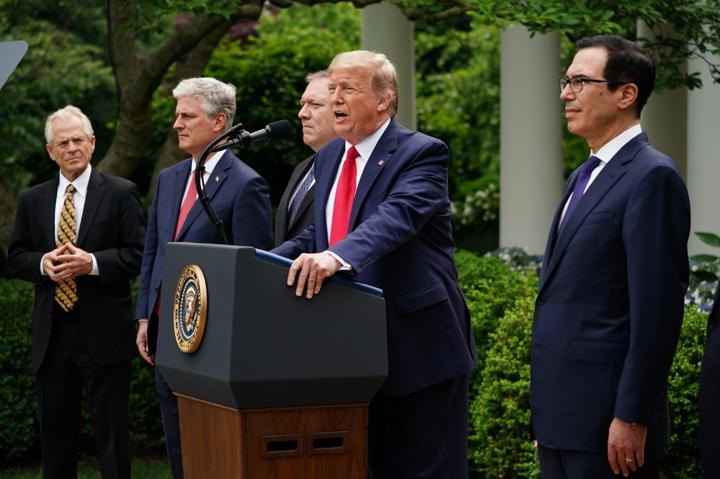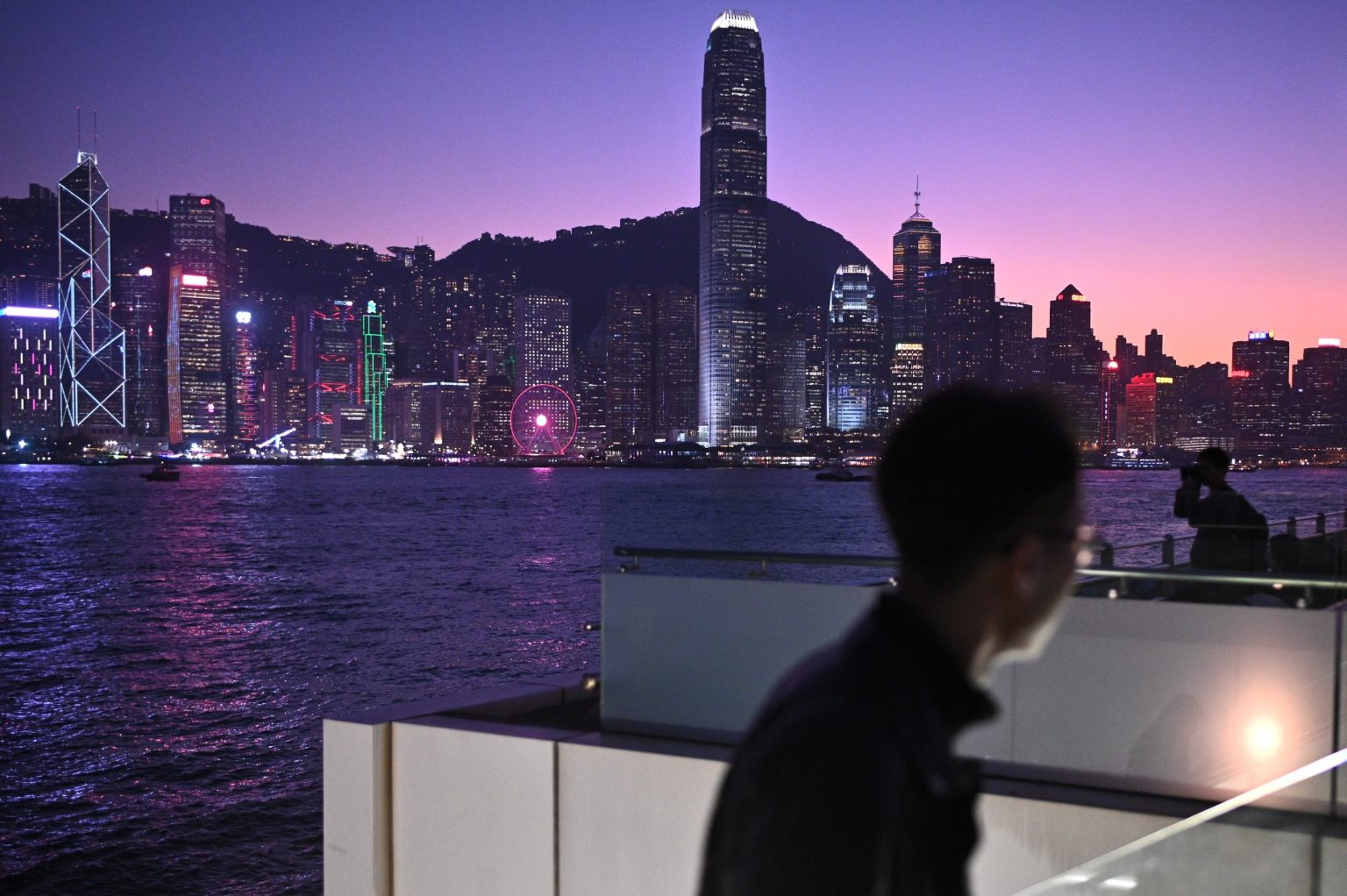(ATF) An ambitious plan to build China’s southern Hainan island into a trading hub to match Hong Kong is hoped to get a boost by integrating it with the city.
The island province about 600km east of the former British colony has been designated a key trade and development zone, one of several dotted around the country.
As well as making the tropical island a high-end tourism resort, industrial planners have also created a free-trade zone in which businesses will be able to operate free of some regulatory obligations faced in other parts of the country such as tough customs clearances, as already happens in Hong Kong.
But Hainan’s proximity to Hong Kong – and the city’s wider economic hinterland that forms the Greater Bay Area of Shenzhen, Macau and Guangzhou – may work against the island’s hopes of becoming a world-leading entrepot.
Consequently, officials say they will harness the might of the economic powerhouse to the east.
“Hainan needs to learn from the advanced experience of internationally renowned free trade ports such as Hong Kong, Singapore and Dubai, converging with high-level economic and trade rules and building an open system with international competitiveness,” Lin Nianxiu, vice-minister of the National Development and Reform Commission, said at a news conference.
“We will further cooperate with the Guangdong-Hong Kong-Macau Greater Bay Area to ensure long-term prosperity.”
READ MORE: Hainan to build national sports tourism pilot zone
READ MORE: Masterplan for Hainan free trade port unveiled
The comments come soon after the government said it wanted to more closely knit the Greater Bay Area into the nation’s economic fabric.
At the moment, Hong Kong and Macau operate as semi-autonomous regions that the mainland has kept at arm’s length since their return to the Chinese fold in the later 1990s. But recent political unrest in Hong Kong has prompted China to take a more openly active role in the city’s governance, including through the promotion of a controversial law seen as gagging free speech.
The need for a zero-tariffs port in the south may also be hastened by the US’ decision to end Hong Kong’s preferential trading status following the implementation of the controversial security law. That will see Hong Kong-sourced imports slapped with the same levies as those on Chinese goods.

US President Donald Trump speaks about US trade relations with China and Hong Kong in the Rose Garden of the White House in Washington. Photos: Sputnik via AFP
Lin said China plans a package of policies to build Hainan province into a globally influential and high-quality free trade port, which will serve as a new growth engine for both the nation and the global economy.
The first phase of the government’s master plan is to be completed in 2025 with the relaxation of customs restrictions to enable a freer flow of trade and investment.
“We will make a big push to boost the free and efficient flow of various production factors and strive to make breakthroughs in around three years, which will lay a solid foundation for the island-wide special customs clearance operation,” Lin added.
By 2035, high-level process supervision will be mostly built to liberalise trade and investment, cross-border capital flows transportation and data flow, according to the plan for the Hainan Free Trade Port.
Lin said links with Hong Kong would not undermine the city’s economy, arguing that two areas had different industrial bases.
“We must give full play to its advantages in rich natural resources, unique geographical location and the vast hinterland, focusing on developing tourism, modern services and high-tech industries,” Lin said of Hianan.
Financing arrangements
The Bank of Communications announced Monday that it would finance the first phase of development.
In order to promote the “three leading industries” of tourism, services and high-tech, the bank said it will build up the region’s financial services system.
Cui Weijie, director of the Institute of Industry Development and Strategy under the Chinese Academy of International Trade and Economic Cooperation, said Hainan resembles many well-known international free trade ports in terms of their high level of openness.
“Considering China’s large economy and vast hinterland, Hainan needs to develop key industries, build an innovation-driven economy and pay more attention to ecological civilization construction, which will fuel high-quality growth of the entire nation and inject new impetus to global trade and economy.”
To further enable the free flow of trade and investment, Hainan will introduce measures that center on zero tariffs for the trade of goods in steps and phases.
“After the island-wide customs clearance operation in 2025, goods outside the imported taxable commodities catalog will be exempted from import duties,” said Zou Jiayi, vice-minister of finance, said at the conference.
She said Hainan Free Trade Port will establish a zero-tariff negative list and three positive lists, with a key focus on supporting high-tech, environmental protection and specialty industries.
In the next step, the province will give foreign investors greater access to the financial services field to help vitalize the economy.
Pan Gongsheng, vice-governor of the People’s Bank of China, said the government will encourage commercial banks and other financial institutions to develop capabilities suitable for an open economy and support global exchanges for energy, shipping and bulk commodities.
Zhang Yansheng, chief researcher at China Center for International Economic Exchanges, said Hainan needs to strengthen cooperation with the Greater Bay Area, the land-sea corridor in western China, neighboring Asian countries and countries and regions along the Belt and Road routes.






















